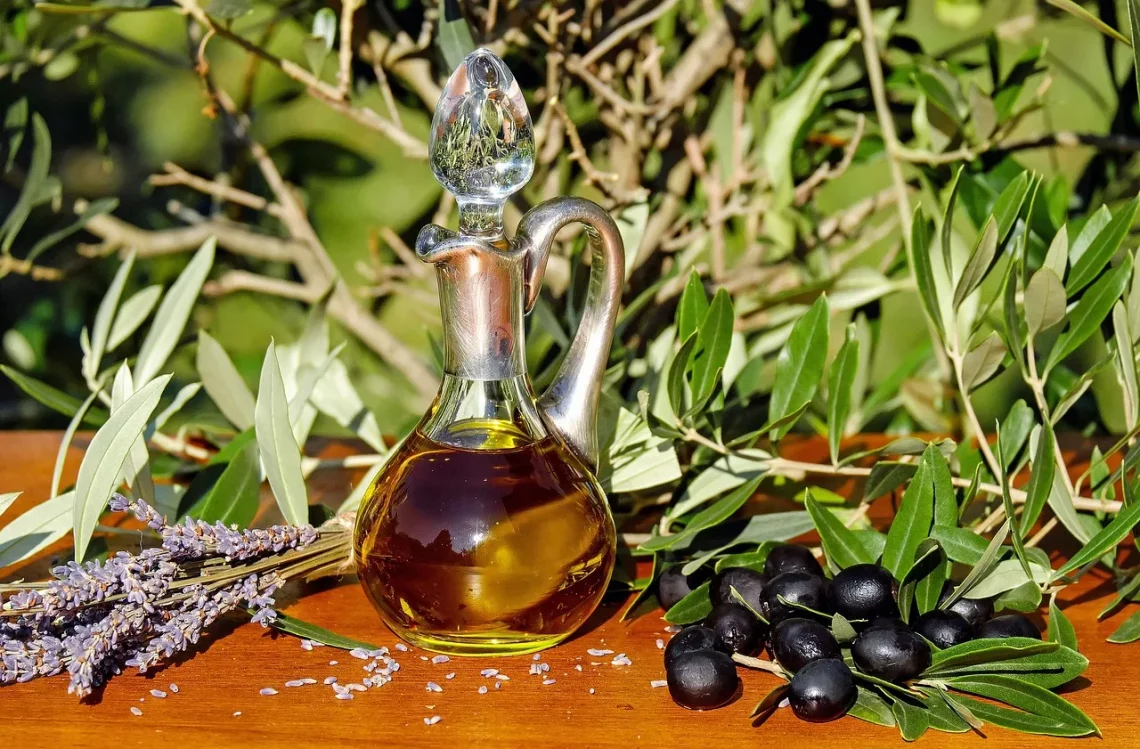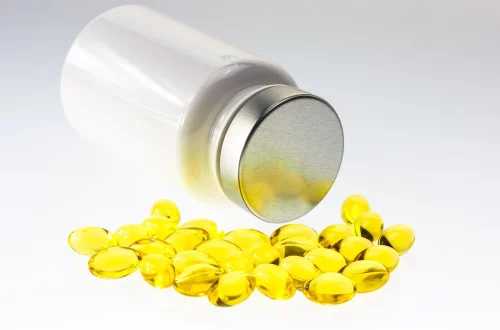
How Essential Oils Are Made: A Step-by-Step Guide
Essential oils have gained significant popularity in recent years, thanks to their aromatic properties and potential therapeutic benefits. These concentrated liquids, derived from various plants, have been used for centuries in different cultures for everything from aromatherapy to natural remedies. The allure of essential oils lies not only in their fragrance but also in the versatility they offer in enhancing both physical and emotional well-being.
As people increasingly seek natural alternatives to synthetic products, the demand for pure essential oils continues to rise. This surge has led to a deeper interest in understanding how these oils are extracted and produced. The process of making essential oils is intricate and requires a combination of art and science. It involves various techniques that extract the aromatic compounds from plants, ensuring that the final product retains the essence of its botanical source. The journey from plant to pure essential oil is fascinating and speaks to the complexity of nature and the skill of those who harvest and process these natural treasures.
In this guide, we will explore the diverse methods of essential oil extraction, the types of plants used, and the significance of each step in the production process.
Understanding the Types of Essential Oils
Essential oils are derived from a wide variety of plants, each offering unique scents and properties. The oils can be extracted from flowers, leaves, stems, roots, bark, and fruit, making them incredibly diverse in their source materials. Common examples include lavender oil, extracted from the flowers of the lavender plant; eucalyptus oil, derived from the leaves of eucalyptus trees; and peppermint oil, which comes from the leaves of the peppermint plant.
These oils are typically categorized based on their extraction process. The two most common types are volatile oils, which evaporate quickly, and fixed oils, which do not evaporate as readily. Volatile oils are often the focus when discussing essential oils, as they are the fragrant compounds that give the oils their characteristic scents.
The properties of essential oils are influenced by various factors, including the type of plant, the part of the plant used, the geographical location, and the conditions under which the plants are grown. For instance, the climate, soil quality, and harvesting techniques can all impact the quality and aromatic profile of the essential oil.
Understanding the source and characteristics of essential oils is crucial for anyone looking to use them effectively, whether for personal enjoyment or therapeutic purposes. Each oil has its own profile of benefits and risks, so knowledge about the specific oil in question can guide users in choosing the right one for their needs.
The Extraction Methods of Essential Oils
The extraction of essential oils is a complex process, and several methods are used to ensure that the oils retain their potent properties. The most common techniques include steam distillation, cold pressing, solvent extraction, and CO2 extraction.
Steam distillation is by far the most widely used method. It involves passing steam through plant material, which causes the essential oils to evaporate. The steam and vapor are then condensed back into liquid form, separating the oil from water. This method is favored for its efficiency and ability to produce high-quality oils.
Cold pressing is primarily used for citrus oils, such as orange and lemon. In this method, the outer peel of the fruit is mechanically pressed to release the essential oils, which are then collected. This technique preserves the delicate aroma of the fruit and is particularly effective for oils that are sensitive to heat.
Solvent extraction is another method, typically used for delicate flowers that cannot withstand the heat of distillation. In this process, a solvent is used to dissolve the essential oils from the plant material. Once extracted, the solvent is evaporated, leaving behind a waxy substance called concrete, which contains the essential oil. The concrete can then be further processed to isolate the pure oil.
Lastly, CO2 extraction uses carbon dioxide under high pressure to extract essential oils. This method is gaining popularity due to its ability to produce oils that are free from residual solvents and retain a full spectrum of the plant’s aromatic compounds.
Each extraction method has its pros and cons, and the choice of technique can significantly affect the quality, aroma, and therapeutic properties of the essential oil. Understanding these methods can help consumers make informed choices about the oils they purchase.
Quality Control in Essential Oil Production
Quality control is a critical aspect of essential oil production. Given the increasing popularity of essential oils, the market has seen a surge in both high-quality and subpar products. Ensuring the purity and quality of essential oils is essential for consumer safety and satisfaction.
One of the primary indicators of quality is the method of extraction used. As discussed earlier, methods like steam distillation and CO2 extraction tend to produce higher quality oils compared to solvent extraction. Moreover, reputable manufacturers often conduct rigorous testing to verify the purity and potency of their oils.
Gas chromatography-mass spectrometry (GC-MS) is a common technique used for testing essential oils. This method separates the various compounds within an oil and identifies them, allowing manufacturers to ensure that their products contain the correct constituents in the right proportions. This is particularly important for therapeutic applications, as the effectiveness of an oil can be highly dependent on its chemical composition.
Additionally, consumers should look for certifications and labels that indicate quality, such as “100% pure” or “therapeutic grade.” However, it’s essential to research the companies behind these labels, as the definitions can vary significantly between manufacturers.
Furthermore, transparency is key in the essential oil industry. Reputable brands often provide information about their sourcing practices, testing methods, and any third-party certifications. This transparency helps consumers make informed decisions and fosters trust in the brand.
Ultimately, understanding quality control measures can empower consumers to choose high-quality essential oils that are safe and effective for their intended use.
Uses and Benefits of Essential Oils
Essential oils have a wide range of uses and benefits, making them popular in various fields, including aromatherapy, personal care, and even cleaning products. Their versatility stems from the diverse chemical compounds present in each oil, which can have different effects on the mind and body.
In aromatherapy, essential oils are used to promote relaxation, reduce stress, and enhance mood. Oils like lavender and chamomile are renowned for their calming properties, while citrus oils like lemon and orange are uplifting and energizing. Many people use diffusers to disperse these oils into the air, creating a soothing environment.
In personal care, essential oils are often incorporated into skincare and haircare products for their potential benefits. Oils such as tea tree oil are known for their antibacterial properties, making them popular in acne treatment products. Lavender oil is often added to lotions and creams for its soothing effects on the skin.
Moreover, essential oils can also be utilized in natural cleaning products. Their antimicrobial properties make oils like eucalyptus and lemon effective in eliminating germs and bacteria, providing a natural alternative to chemical-laden cleaners.
While essential oils offer a plethora of benefits, it’s essential to use them safely and responsibly. Some oils can cause skin irritation or allergic reactions if used improperly, and certain oils should be avoided during pregnancy or with specific medical conditions. Therefore, it’s crucial to conduct thorough research and, if necessary, consult with a professional before using essential oils for therapeutic purposes.
**Disclaimer:** This article is for informational purposes only and does not constitute medical advice. Always consult your healthcare provider for any medical issues or concerns.




